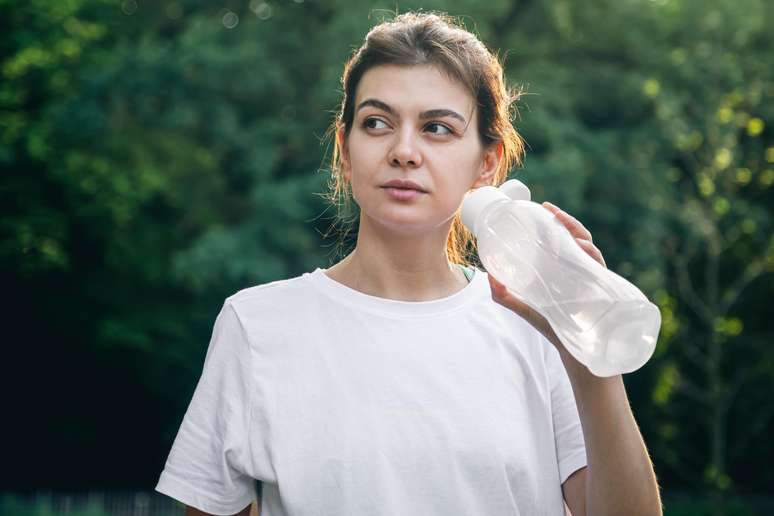The continuous use of these containers can bring health problems
Plastic water bottles, omnipresent in our daily life, generate doubts and debates about their potential health risks. Although the practicality is undeniable, the growing concern for the release of harmful chemicals has generated questions about the safety of the prolonged use of these containers.
According to Dr. Amanda Nunes, supplementary doctor, post -laurea in Nutrology at Human Clinic, the continuous use of plastic bottles, in particular those that have not been developed for reuse, which are the thinner packs, can involve health risks.
“Over time, plastic can release toxic substances such as BPA (Bisfenol A) and phthalates, especially if exposed to heat or sunlight. These compounds are considered endocrine deregulators, that is, they can interfere with hormonal balance and are associated with various health problems such as infertility, metabol changes and even an increase in the risk of some cancellaants”.
However, there are some types of plastic materials considered safer. Plastics identified with numbers 2 (HDPE – high density polyethylene), 4 (PEBD – low polyethylene
Density) and 5 (pp – polypropylene) are the most resistant and less likely to release toxic substances.
“Plastic with numbers 3 (PVC), 6 (PS – Polistirene) and 7 (others) should be avoided as they may contain BPA or release other toxins over time, these identifications that they find in the lower part of the symbols of the triangle. However, even the safest plastics should be used with caution and frequently replaced”, says the expert.
What is the best way to wash the bottle of water?
Correct hygiene is essential. The ideal is to wash the bottle every day with gentle hot water and soap, using a brush to reach all the internal parts.
“Once a week, it is recommended to immerse it for a few minutes in a water solution with white vinegar or baking soda to help disinfection,” explains the doctor.
After washing, the bottle should dry out completely before being used again to prevent the proliferation of mushrooms and bacteria.
Tip to the best alternatives to the plastic bottle:
• Glass: Neutral, does not release toxins and retains the flavor of the water. Requires more treatments
Don’t break.
• stainless steel: Highly resistant, resistant and safe. Ideal for maintaining
water temperature.
• Copper: Traditionally used in some cultures, it has natural antimicrobial properties, but it should be used with adequate guide and toilet -social services.
“These suggestions are the most sustainable, healthy options and represent an investment in long -term health. Avoid plastic bottles and containers”, concludes the professional.
Source: Terra
Ben Stock is a lifestyle journalist and author at Gossipify. He writes about topics such as health, wellness, travel, food and home decor. He provides practical advice and inspiration to improve well-being, keeps readers up to date with latest lifestyle news and trends, known for his engaging writing style, in-depth analysis and unique perspectives.









